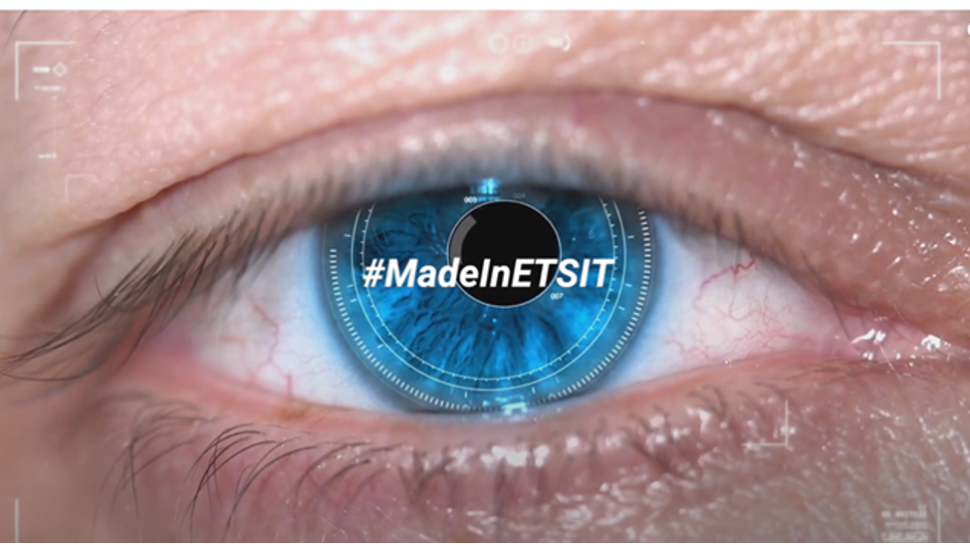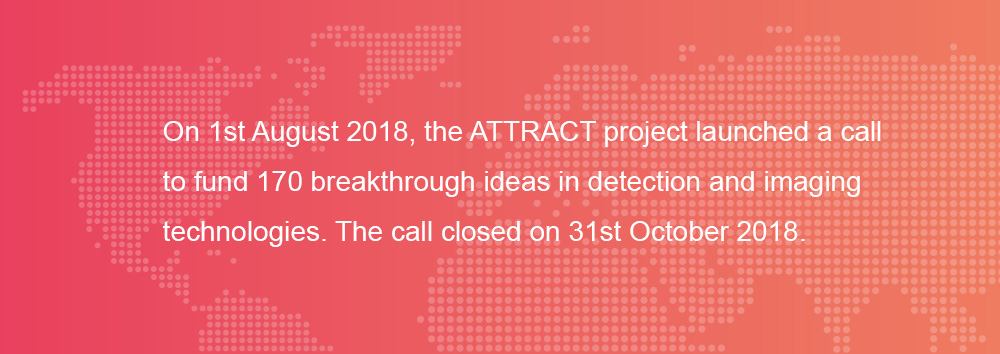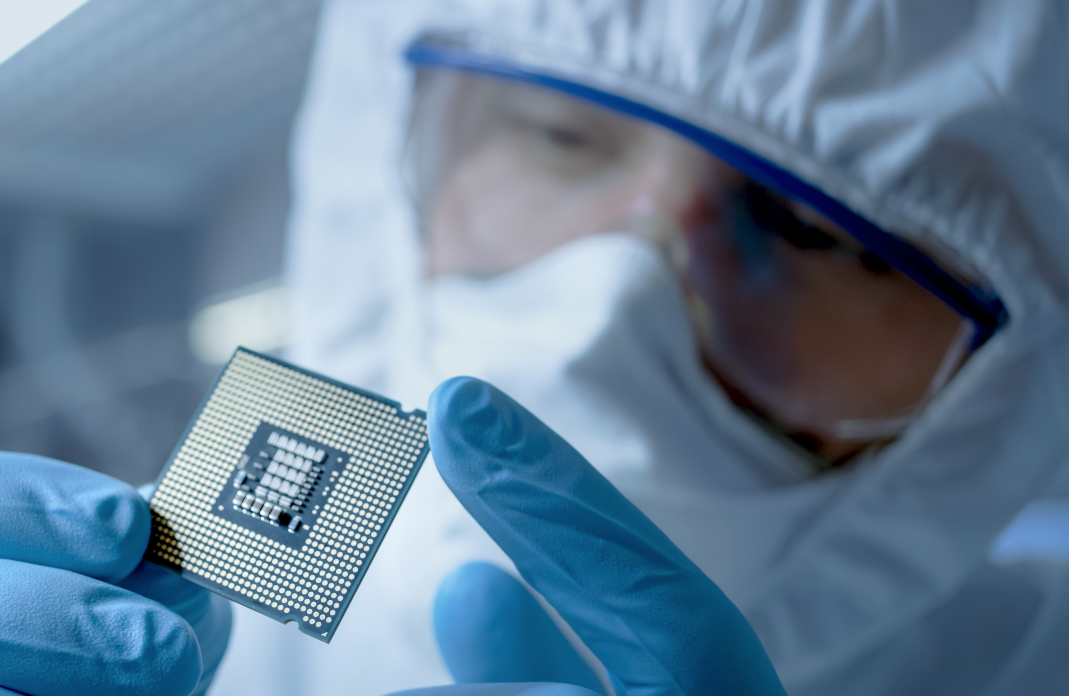Universidad Politécnica de Madrid researchers in the ATTRACT project ALL are revolutionising the world of lenses, and this has been possible thanks to seed funding from the European Union’s ATTRACT initiative for the project entitled Adaptive liquid crystal lenses
We all know the basic fixed lens like that of our simple reading or magnifying glasses and we know that cameras can focus on various distances by cascading lenses and moving them relative to one another. Multifocus solutions require either complicated micromechanics (as in our mobile phones) or imaging compromises (as in our progressive reading glasses). ATTRACT Project ALL in collaboration with CEMDATIC at Universidad Politécnica de Madrid, have developed lenses that have the potential of changing this, providing focal tunability without compromising image or light beam quality, and completely without moving parts.
“Lenses are everywhere in modern life. We wear them on our noses, use them in our mobile cameras and employ them in all kinds of projection and lighting applications”
How is Project ALL revolutionising the world of lenses?
The ALL lenses have the potential to substitute conventional lenses in all the places where we need to adapt our focus.
What is the secret behind this breakthrough?
The big breakthrough was the realisation that you could use a rather exotic optical component known as “spiral diffractive lens” as any lens in an imaging system. Simply by cascading two elements you can remove the spiral part of the diffractive lens.
How would you explain the potential implications of this breakthrough to a non-scientific audience?
Think about how many times a day you use a lens. And how often it would be convenient that this lens just adapted to your needs:
- Say reading glasses, binoculars, cameras, microscopes or telescopes, perhaps even the headlights of your car.
- The ALL lenses are almost instantly changing the focus, with no moving parts. They consume vertically no energy and will never wear out.
What are the potential applications of this discovery?
The applications are extremely widespread, ranging from medical instruments, enhanced reality glasses, satellite communications and space exploration to much more mundane uses such as adaptive short/long lights on your car, truly variable focus reading glasses or the binoculars of a birdwatcher.
How has the ATTRACT project helped you achieve this breakthrough?
The ATTRACT project meant that the ALL lenses, instead of just being one of many good ideas that end up in a drawer, reached a degree of matureness which means that it is now ready to get integrated into a specific application. The principle has been proven, the prototype has been prepared, the electronics have been developed. We are ready, we just need to find who needs us the most.
@CEMDATIC Universidad Politécnica de Madrid researchers in the ATTRACT project ALL are revolutionising the world of lenses, and this has been possible thanks to seed funding from the European Union’s ATTRACT initiative for the project entitled Adaptive liquid crystal lenses We all know the basic fixed lens like that of our simple reading or magnifying glasses […]



